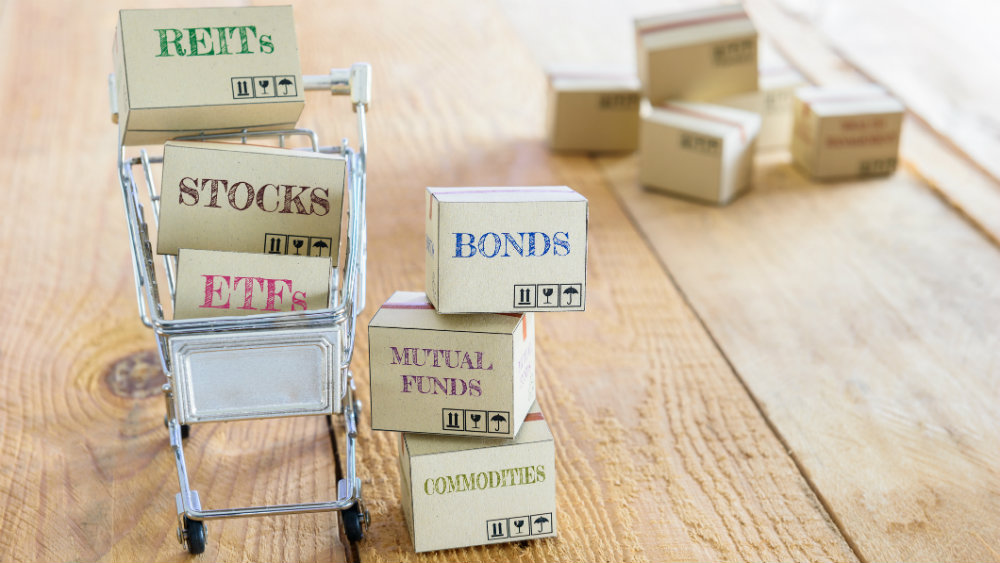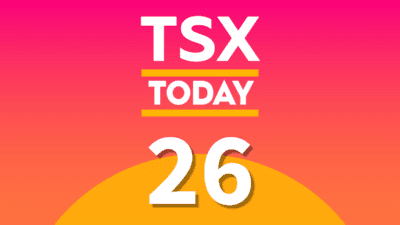Aberdeen Asia-Pacific Income Investment Company (TSX:FAP) is a close ended fixed income fund launched by Aberdeen Standard Investments Ltd. It invests in fixed income markets of the Asia-Pacific region.
The fund primarily invests in long-term debt securities and benchmarks the performance of the portfolio against a composite index composed of 25% UBS Composite Index, 20% JP Morgan Asian Credit Index, 35% iBoxx Indices, and 20% JPMorgan Government Emerging Markets Indices. The company was formed in 1986 and is domiciled in the United States.
The fund has a market capitalization of 183 million, trades at a 22% discount to net asset value and provides unique fixed income portfolio exposure to the Asia-Pacific region. The investment objective of the company is to obtain current income and earn capital appreciation from investment in long-term debt securities. The company invests up to 80% of total equity in Asia-Pacific debt securities.
By virtue of a fixed-income investment strategy, many of the company’s net assets are exposed to interest rate risk. Further, given that a substantial proportion of its assets are invested in securities denominated in foreign currencies, changes in the value of the Canadian dollar against these foreign currencies can have a huge impact on performance over time.
Investments in assets denominated in Australian and United States dollars represented the largest currency holdings in the company’s assets.
Factors that are thought to influence the company’s share price include a fund’s relative performance, the liquidity of a fund’s shares, dividend yield, the use of a managed distribution policy, confidence in a fund’s manager, investors’ perceptions and expectations regarding the outlook of the countries/industries/markets where a fund invests. The company’s ordinary shares traded in 2019 within a range of a discount of 8.7% to 25.0%.
In addition, it faces the risk of illiquidity in the company’s investments in lower-rated debt securities and local currency Asia-Pacific debt securities. The ability to hedge risk and transact at low costs in these markets is less than the more developed markets and is subject to sudden shifts in market liquidity.
Management fees are reasonable. A fee agreement provides for a monthly fee at the annual rate of 0.65% of the company’s average weekly assets up to and including $250 million at the annual rate of 0.55% of the company’s average weekly assets in excess of $250 million and including $450 million, and at the annual rate of 0.50% of the company’s average weekly assets in excess of C$450 million, payable monthly.
The company returned 3.67% on a net equity value basis for Q3 2019, thereby underperforming the 5.02% return of the blended benchmark. Regarding absolute performance, the fund’s Asian local-currency overweight exposure to Philippine, Indian, Indonesian and Sri-Lankan bonds delivered excellent performance; however, an underweight allocation to Indonesia weighed on relative performance.
The company’s emerging market debt exposure also contributed to absolute performance as risk assets recovered. Exposure to Australian bonds negatively impacted the company’s absolute performance, with currency depreciation negating the performance from bonds.
Based on the 22% discount to net asset value and unique portfolio exposure to the fixed income market in the Asia Pacific, this stock looks like a great buy.








